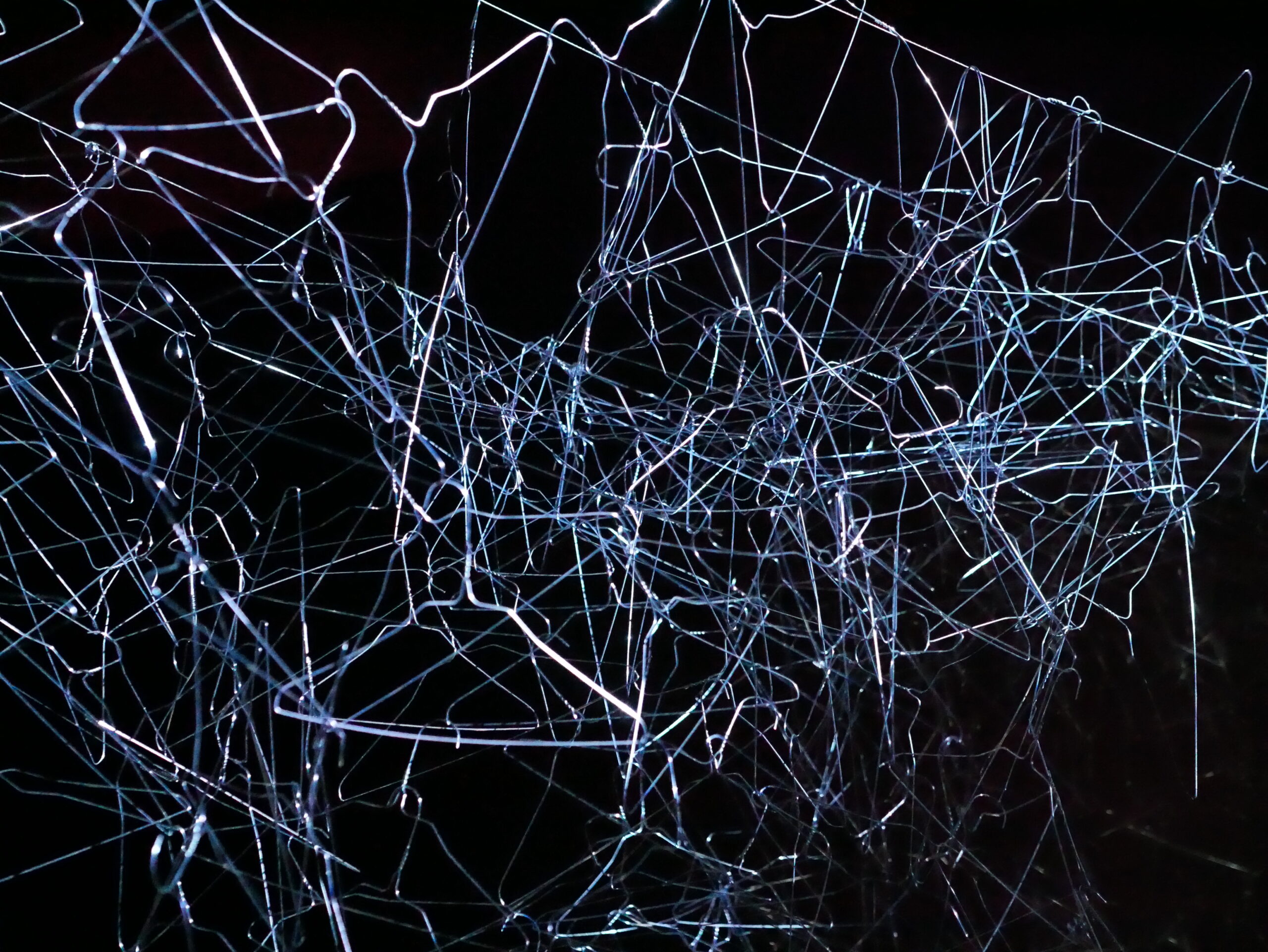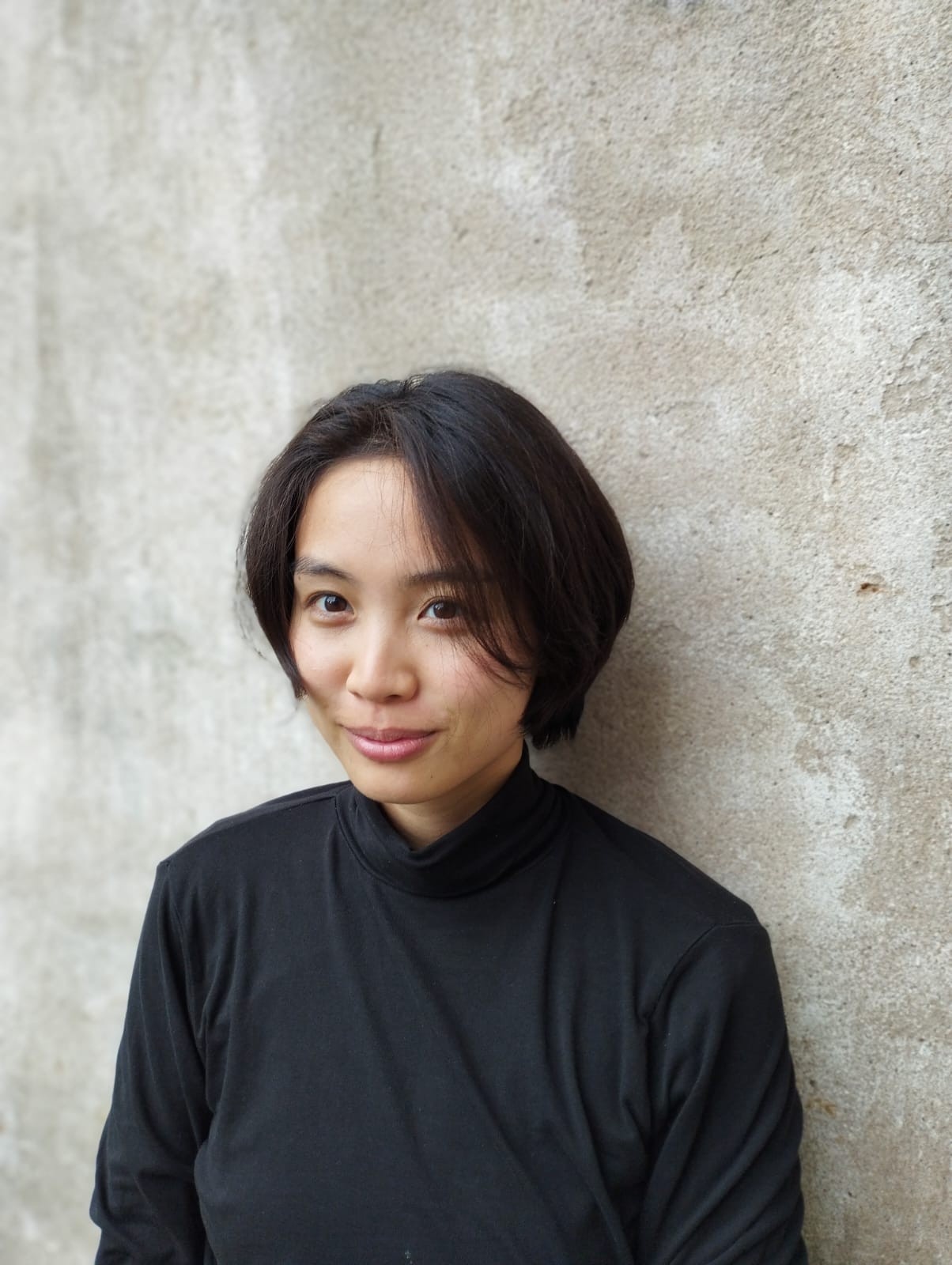Column
ColumnOur ‘Arts of Survival’
The theme of the European Capital of Culture Tartu 2024 was “Arts of Survival”. Our long-term collaboration began 2 years before 2024. It was a chance meeting of two Japanese artists, Keisuke Sugawara and Shion Yokoo, at a performing arts festival in Tartu. We both worked for this collaboration and engaged ourselves as creators and performers at the same time.
In this project, we tried to cross the two fields of performing arts and semiotics, trying to create a fusion of performance and installation expression. In the process, we emphasised the concept underlying our creation as a keynote.

I have already been exploring the concepts of ‘theatricality’ and ‘anti-theatricality’ both academically and practically for about five years until now. As the term ‘theatre’ is included in these concepts, it might remind people of theatre performances, mainly language-based plays staged in the theatre. However, ‘theatricality’ is not directly related to theatre in the narrow sense of the term, but can be thought of as a characteristic that has been retained by the performing arts more broadly. No matter how much realism one aims for, it seems impossible to escape completely from the context of performance and the stage. On the contrary, it is an art form because of the existence of that context.
I believe that it is precisely the mechanism of using symbols as ‘symbols of symbols’ that creates this context. Road signs and traffic signals are one of the non-verbal symbols that everyone comes into contact with in everyday life. For example, if a road sign saying ‘stop’ is placed on a theatre stage, it can be taken as a sign referring to the ‘stop’ that we normally see in our everyday lives outside the theatre. So the ‘stop’ on the stage is a symbol of the ‘stop’ sign that works in the real world. The words and actions of actors and performers can also be seen as symbols of symbols. In this way, everything that is placed on the stage or in the context of a performance, whether intentionally or not, is a symbol of symbols.
Since the beginning of our collaboration, we have been thinking together about how we understand and perceive habitual things that are generally considered ‘normal’ and not given attention. Based on my research above, we have tried to create our piece based on an understanding of how symbols work in the arts. We also approached the ‘normal’ in the performing arts. As the key words in this process, we included the ‘black box’ that occurs in communication, conspiracy theories, gaslighting, etc.
The term ‘black box’ is used when considering the errors that occur in communication between sender and receiver. It is considered unlikely that information will ever reach the receiver in the perfect form intended by the sender. This also applies to performing arts expressions and their receivers. On the other hand, we thought that in the context of performance, there is also usually a certain hierarchical structure or hierarchy between the performer and the audience. There seems to be a relationship between the viewer and the one being viewed, with the one being viewed having the upper hand as the giver of something in between. Gaslighting, as treated in psychology, concerns the use of such dominance to manipulate information and the psychology of others. Conspiracy theories, which have continued to surface since the Covid-19 pandemic, are also closely related to the way in which information is manipulated and interpreted, and we felt that these were inevitable topics.

Communication, often seen as ‘normal’, is complex from this perspective, but also conventionally established. As the basic concept of this project, we have developed and abstracted these phenomena in the real world and sublimated them into the form of performance + installation, which is the result of this project’s expression. In view of the theme of the European Capital of Culture Tartu 2024, Arts of Survival, we thought that these could also be used as clues to help people survive.
During the two-year production period, in addition to rehearsing between Keisuke Sugawara’s base in Berlin and my base in Estonia, travelling back and forth between the two locations, we also rehearsed in Japan and held open rehearsals for the public on the occasion of our two temporary returns to Japan. In addition to the actual face-to-face rehearsals, we held a series of online meetings. And finally, we rehearsed intensively as a one-month residency before the performances on the 12th and 14th of September 2024. This final month-long residency took place in the former National Theatre in the small Estonian town of Viljandi, with 24-hour access, allowing us to concentrate on the production. We are proud of the fact that we have worked on this project over a long period of time, which has made it a project with carefully developed content.

The European Capital of Culture Tartu2024 was located in the southern Estonian city of Tartu, but also included southern Estonia and Viljandi as venues. We chose Viljandi as the venue because it has an art college but limited exposure to contemporary art. Its location made it difficult to hope for a large audience, and indeed a number of people contacted us to say that they could not come to the event because of its location. On the other hand, it was a confidence booster for us to have critics with connections to the Viljandi Art University, as well as the leaders of contemporary performing arts in Tallinn, visit us.
In the future we plan to present our work in places that are more accessible to a wider audience. As we have strong links with places outside Estonia, we are willing to explore opportunities to present the work in Berlin and Japan, taking into account the respective cultural and social backgrounds and adapting it to make it more suitable for them.








